A Guide to Temporomandibular Disorder
Following my first post from a study day with Riaz Syed, here is part two: A guide to temporomandibular disorder (TMD).
TMD is another dark art at dental school and a lot of general practitioners are unsure of how to manage this condition, opting to refer on to secondary care for it's management. TMD is common and we should be able to manage simple cases in a primary care setting.
70% of the population will suffer from TMD of some sort at some point in their life.
Classification of TMD
- Internal derangement - with (clicking) or without (locking) reduction
- Myofacial pain
- Osteoarthritis
- Chronic facial pain
- Developmental defects
- Trauma
- Pathology/neoplasia
The first two are the most common and the types you are likely to see in practice.
Patient History
When a patient presents with TMJ or facial pain and you suspect TMD, these are some of the questions you need to ask:
- Is there pre-auricular pain? (in front of the ear)
- Pain in the face, eyes, ears, any headaches where their doctor has not found a cause?
- Is there a clicky jaw? Or a jaw pop, grate, catch or lock?
- Is difficult or painful to chew?
- Does their bite feel comfortable?
- Are they aware of clenching or grinding their teeth? (In 20-30% of cases this will be the cause)
- Have they suffered trauma to the head, neck or jaws?
Examination
1. Palpate lateral and inter-auricular area - if this is tender can indicate the capsule is tender due to trauma to lateral pterygoid
2. Measure incisal opening (fingers or ruler) - if this is limited then it can indicate infection or inflammation in the muscles. Average is 35-40mm
3. Feel and listen to clicks with a stethoscope - note whether single or multiple, intermittent or consistent, early or late, soft or loud, painful or not. Note that most clicks are asymptomatic.
Intermittent early clicks tend to be due to myofacial pain, rather than consistent late clicks which are due to internal derangement (the later the click the poorer the prognosis).
4. Lateral pterygoid - cannot examine this muscle manually, best way is to record the response to resisted opening as this is a high endurance muscle
5. Masseter and Temporaralis - check for tenderness in muscles when clenching
Radiographs are not needed to diagnose TMD unless you suspect osteoarthritis and you should consider other imaging methods such as MRI if this is the case.
Internal derangement - disc displacement with reduction
Usually an asymptomatic and consistent click when opening and closing. This is due to displacement of the disc which can be: anteriorly or medially displaced or both.Causes include:
- Injury to the bilaminar zone or disc
- Hypertonicity of the lateral pterygoid
This leads to an altered range of movement and a transient deviation. To confirm the diagnosis ask the patient to open and close edge-to-edge....the click will disappear (but only if the disc is anteriorly displaced)!
Treatment
- Counselling and patient education
- Not always necessary to provide active treatment but general preventative advice such as not opening their jaw wide, supporting it when they yawn, no hard foods, raw vegetables, tough meat, chewing gum and avoid biting with front teeth
- For anterior displacements, anterior repositioning splint - splinting patient in an edge to edge incisor relationship worn 24/7 for 3 months to allows for healing and reattachment of bilaminar zone. The earlier the click, the better the prognosis. After 3 months, slowly wean off
Note that ALL patients with clicks, no matter if the click is symptomatic will require a mouth prop when providing dental treatment to avoid overusing their lateral pterygoid.
Internal derangement - disc displacement with reduction
This will present with a LOCK rather than a click. Other symptoms include:
- Decreased incisal opening (20-23mm)
- Pain in pre-auricular area
- Sudden onset of locking and no clicking
- There will be a history of a click
- Lasting mandibular deviation towards the TMJ with the displacement
Treatment
- Counselling and patient education
- Physiotherapy ASAP to prevent chronic compression of the disc (either a private referral or urgent to NHS TMD clinic). This will increase blood flow and relax the muscles, decrease inflammation. This can be aided with a hot or cold compress
- Muscle relaxant e.g. 10mg Temazepam for 7 days
- If this treatment is successful, the click will REAPPEAR, if it does not consider a referral
Myofacial Pain
Aetiology: bruxism, recent dental interventions, trauma
Signs or symptoms:
- Pain on palpation of TMJ and muscles of mastication
- Limitation/deviation of mandibular movements
- Intermittent joint sounds
- Headache
- Neck pain
Treatment
- Explain, reassure, educate
- Soft diet, rest jaw
- Physiotherapy e.g. short wave diathermy, ultrasound, megapulse, laser, acupuncture
- Ibruprofen gel over joints
Signs of bruxism
- Scalloped tongue
- Pre-auricular pain
- Cheek ridging (due to vacuum in mouth at night times and decreased salivary flow increases keratin production)
- Headaches
- Teeth sensitivity
- Teeth wear and fractures
Treatment of bruxism
- Soft bite guard for 3 months at night time and wean off - works by separating teeth or possibly placebo effect? For 80% of patients it improves the situation, but in 10% it makes worse
- Michigan Splint - this gives the patient the 'ideal' static and dynamic occlusion. This will need a facebow articulation and similar to the soft bite guard should be worn at night for 3 months and then weaned off
- Localised occlusal interference splint - an acrylic plate which overstimulates proprioception of 4 teeth (the canines) and is a habit breaker although some patient will still continue to brux. Worn at night time for 3 months and then weaned off
Other conditions of the TMJ are rare. Do not feel pressurised into treatment if you are unsure of the diagnosis or how to treat, in these cases refer!
Thanks to Riaz Syed of the Red Square Academy for an informative day on some very difficult topics in dentistry!
How do you treat TMD in practice? Please leave your questions and comments in the section below!

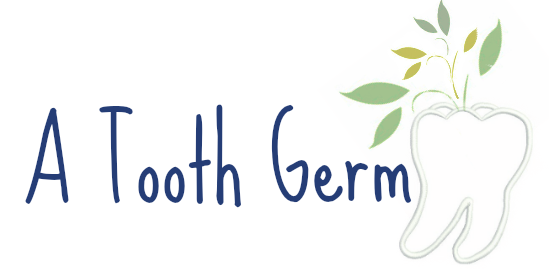
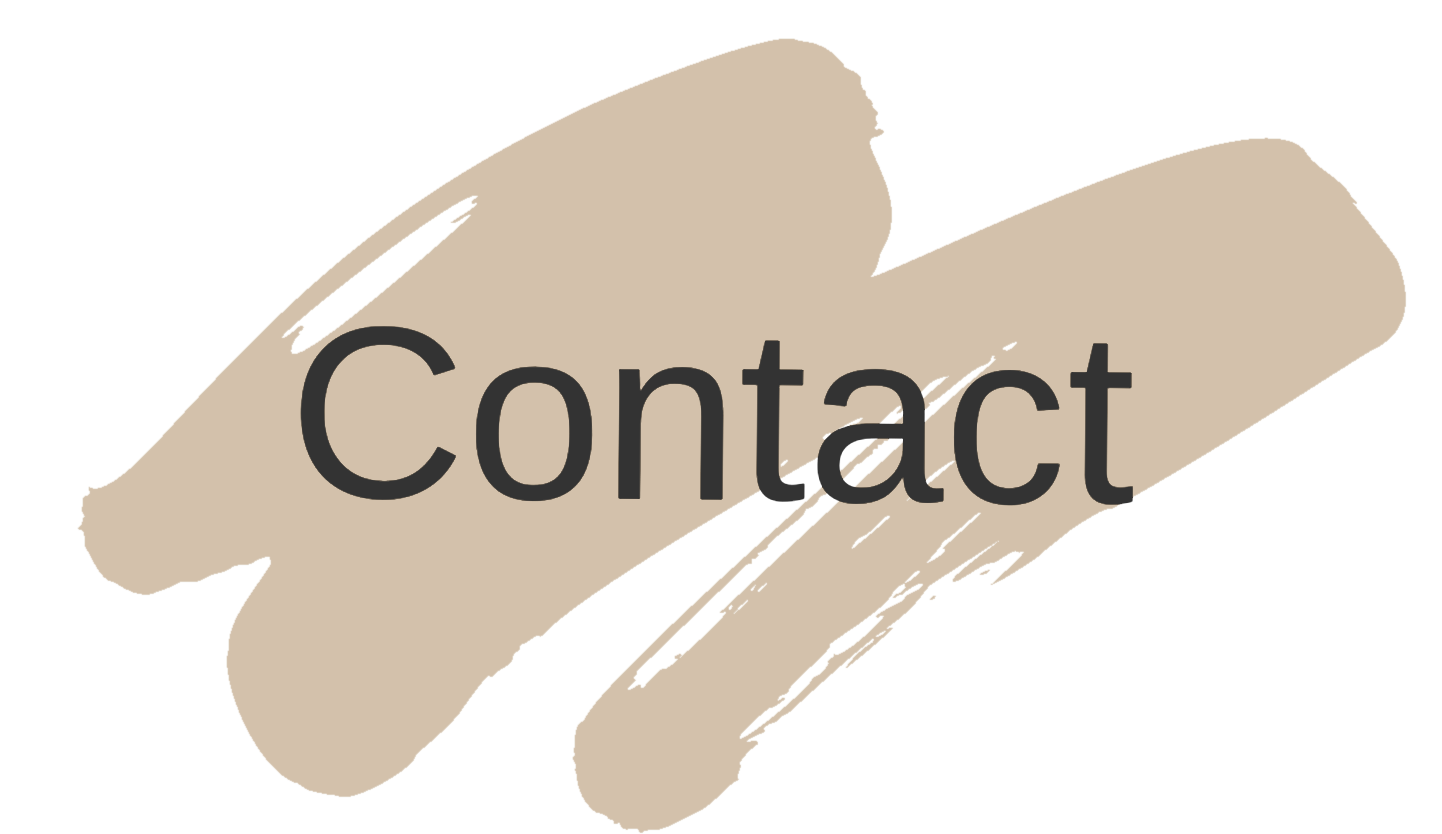


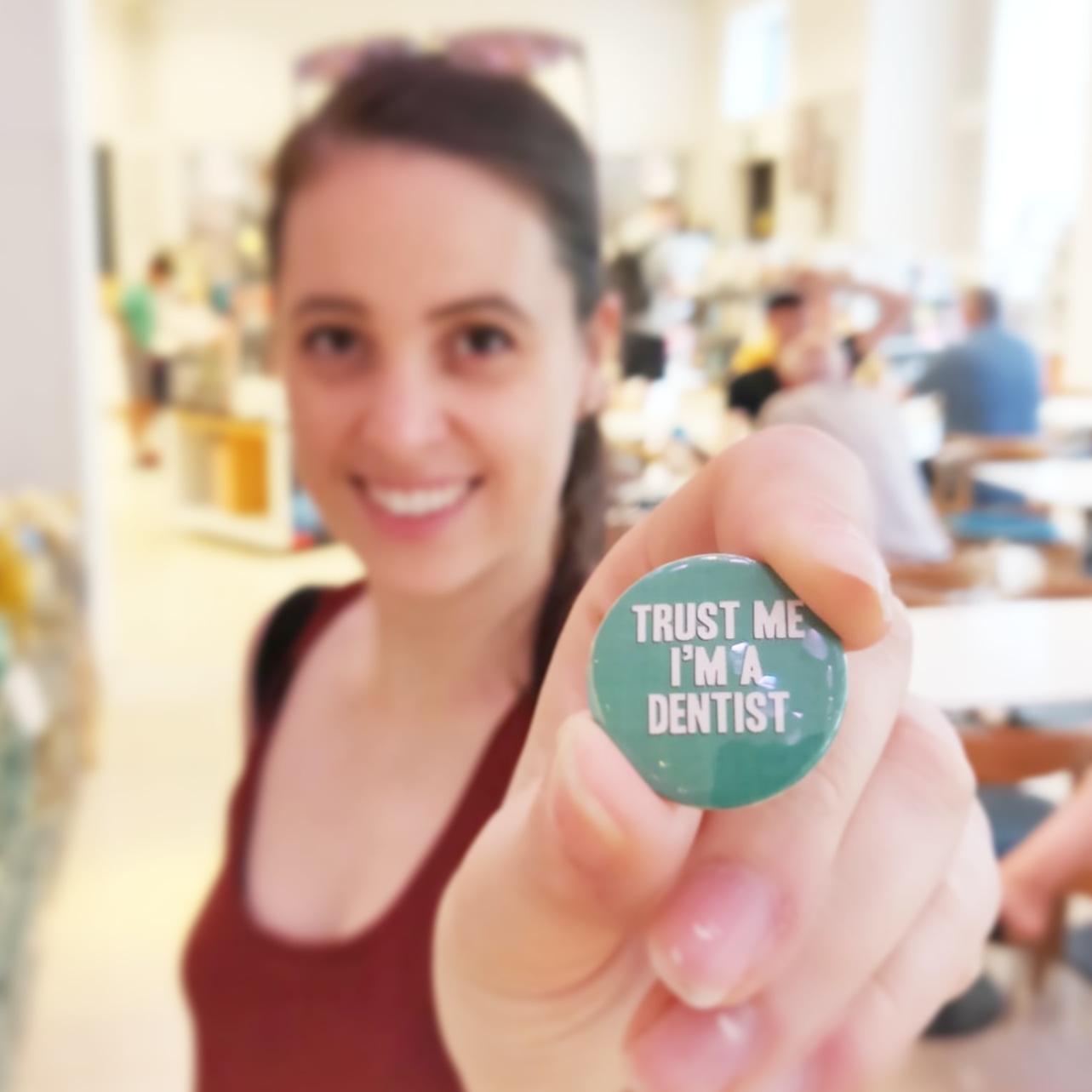





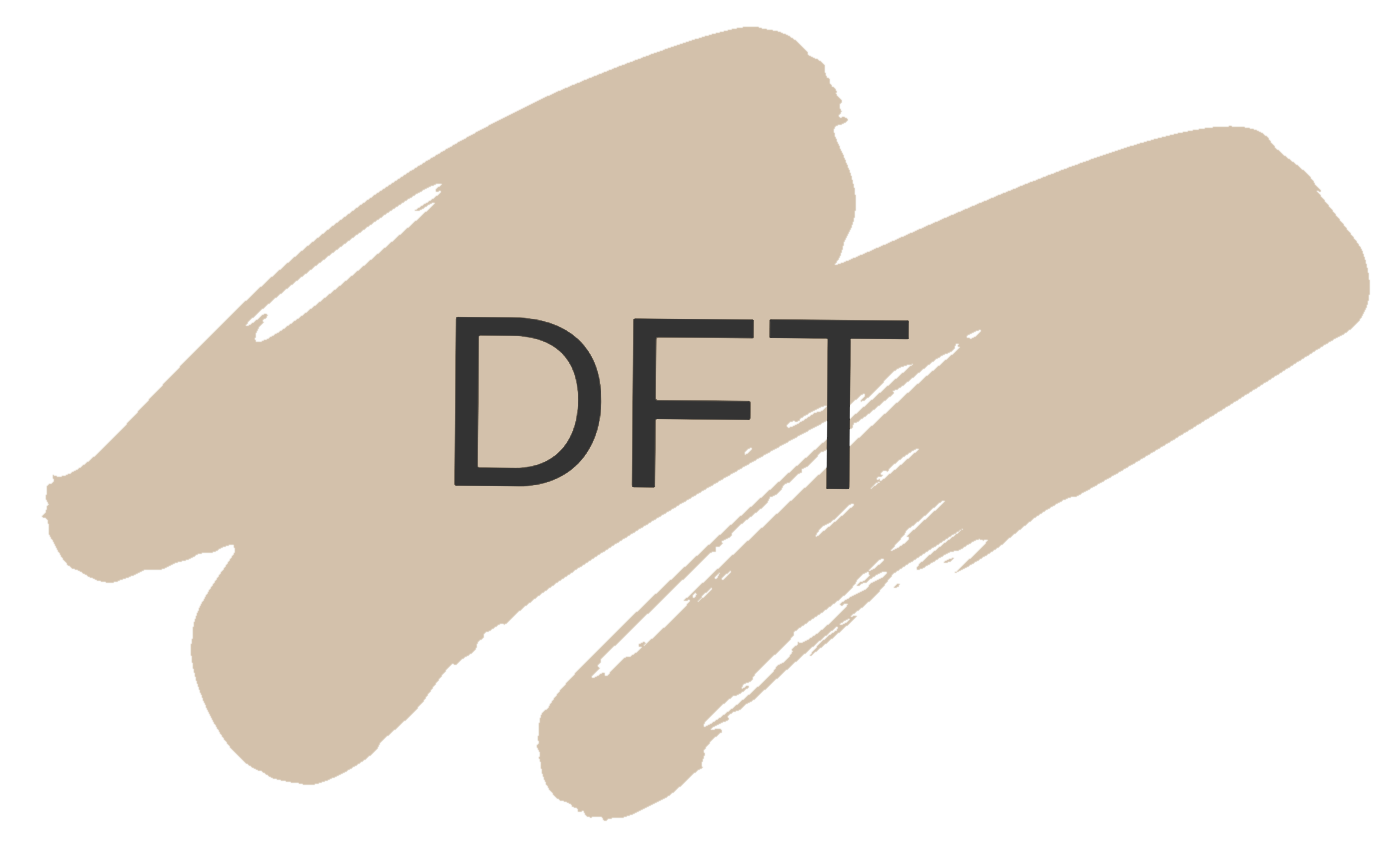

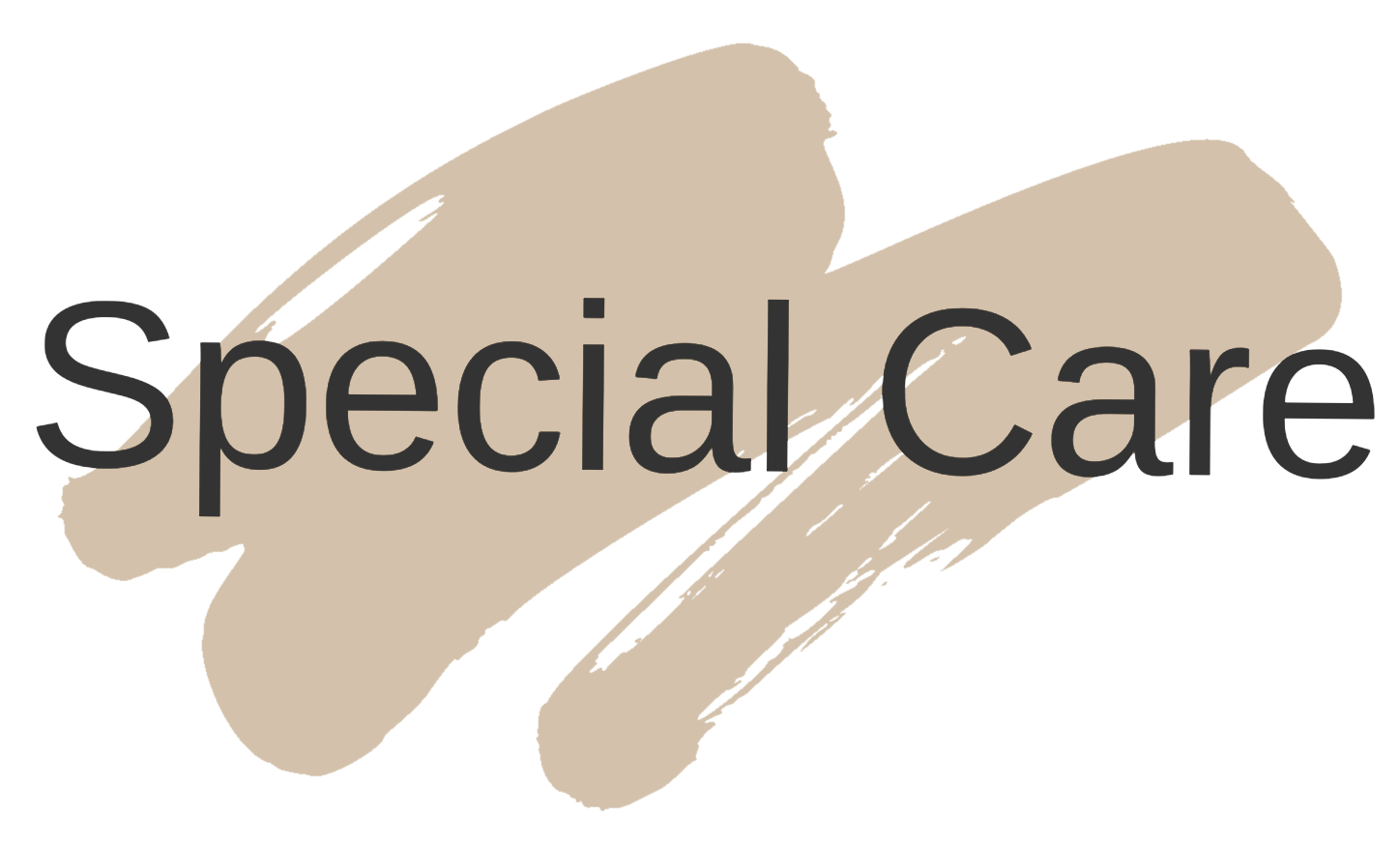
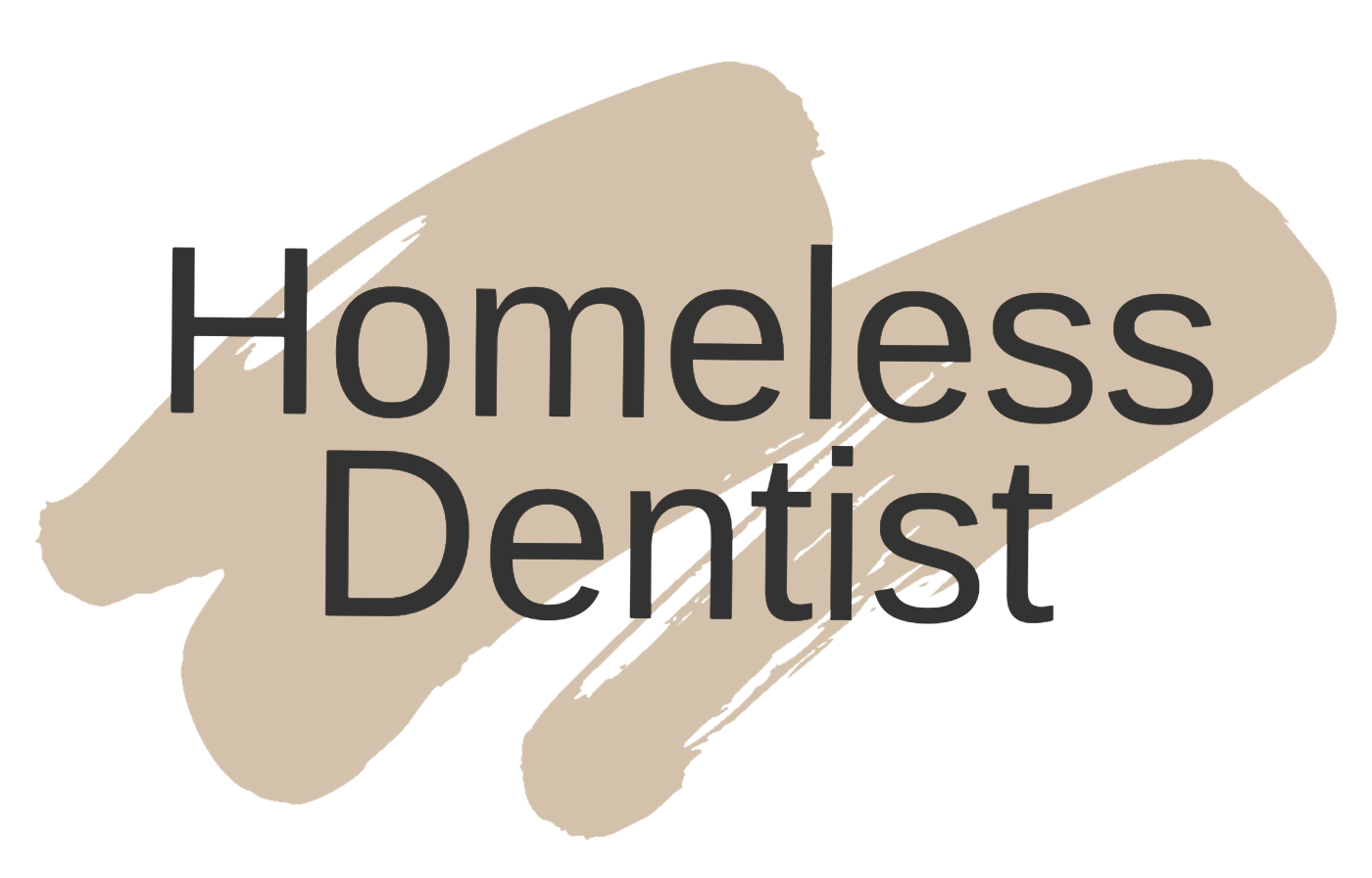
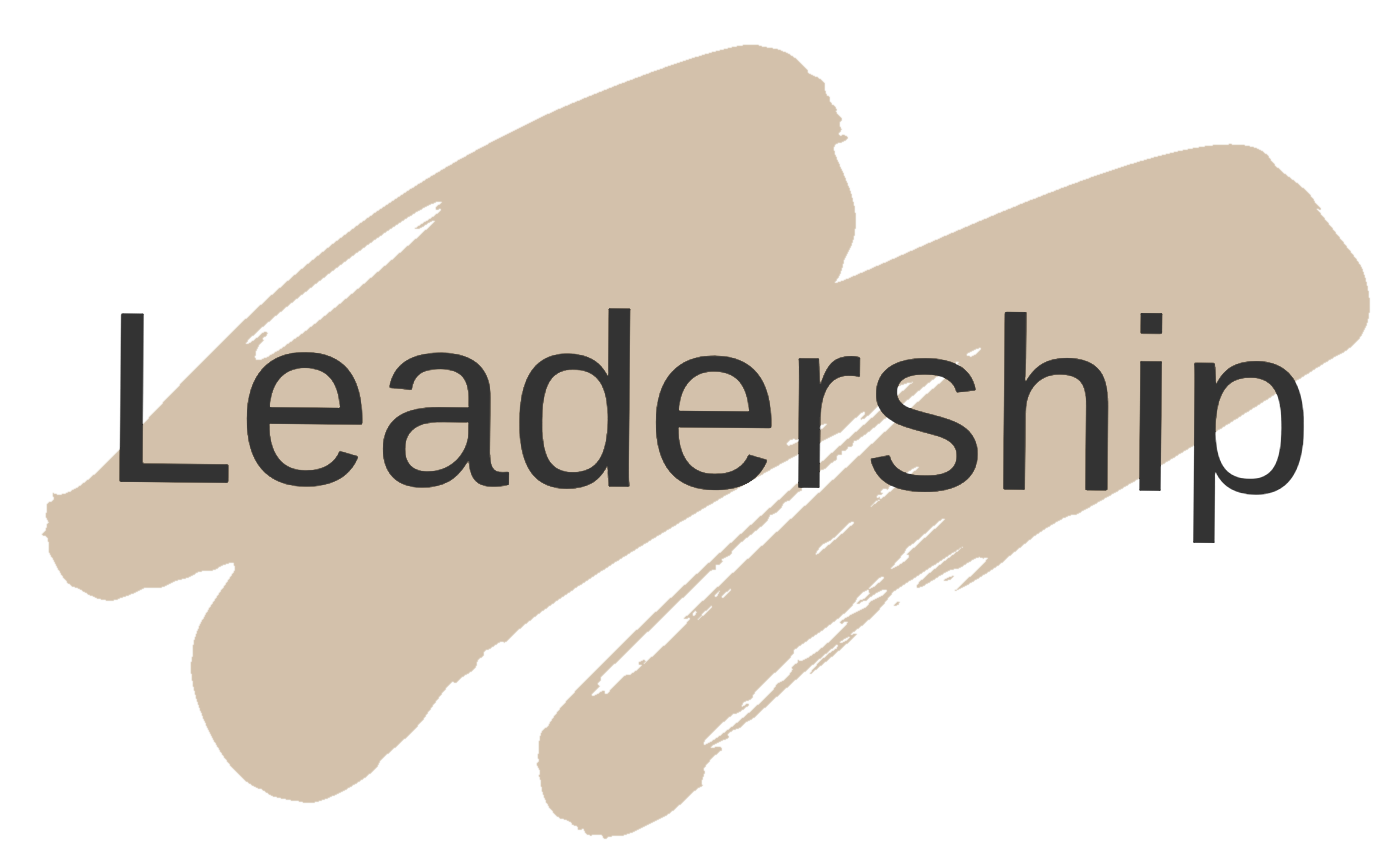

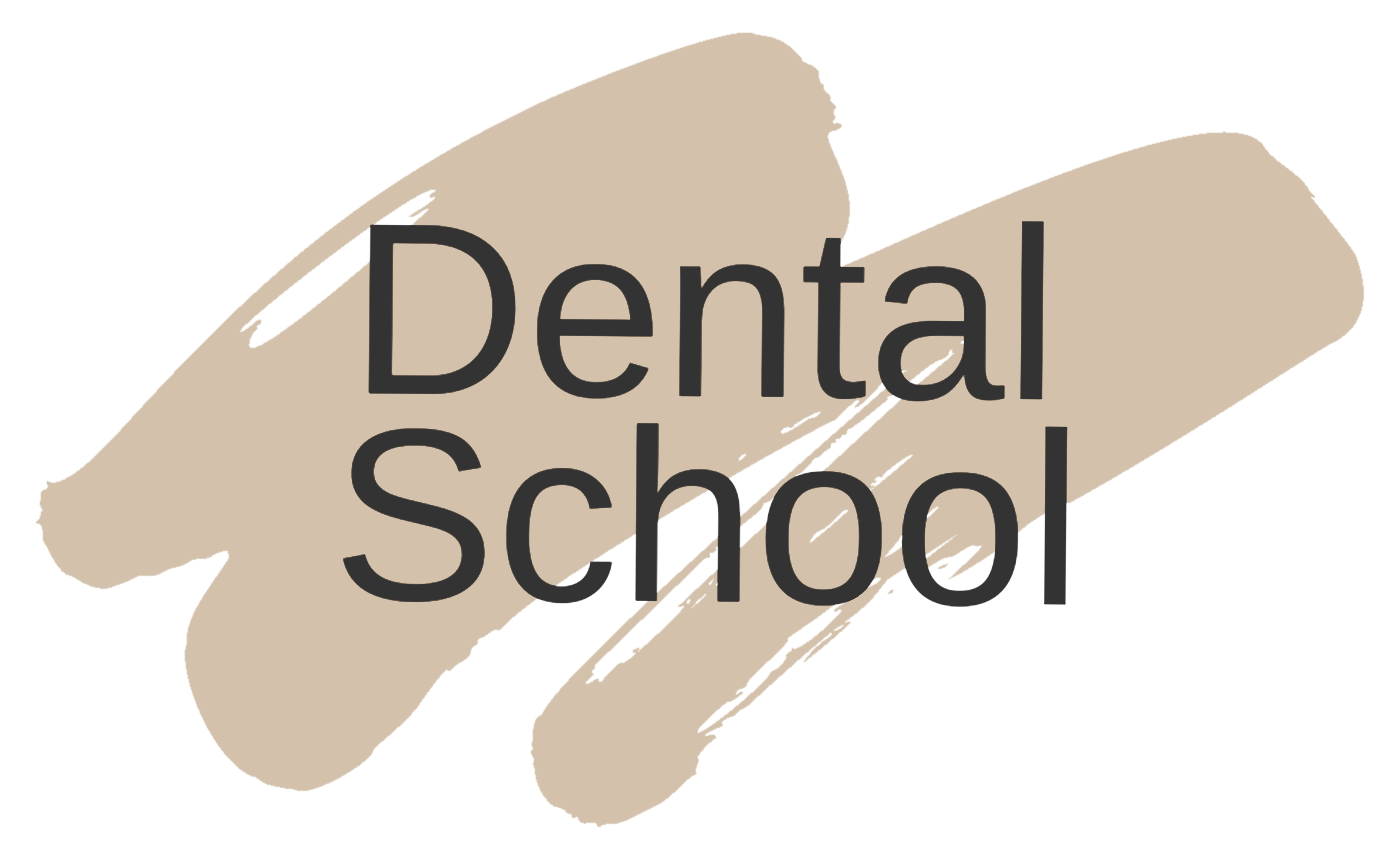
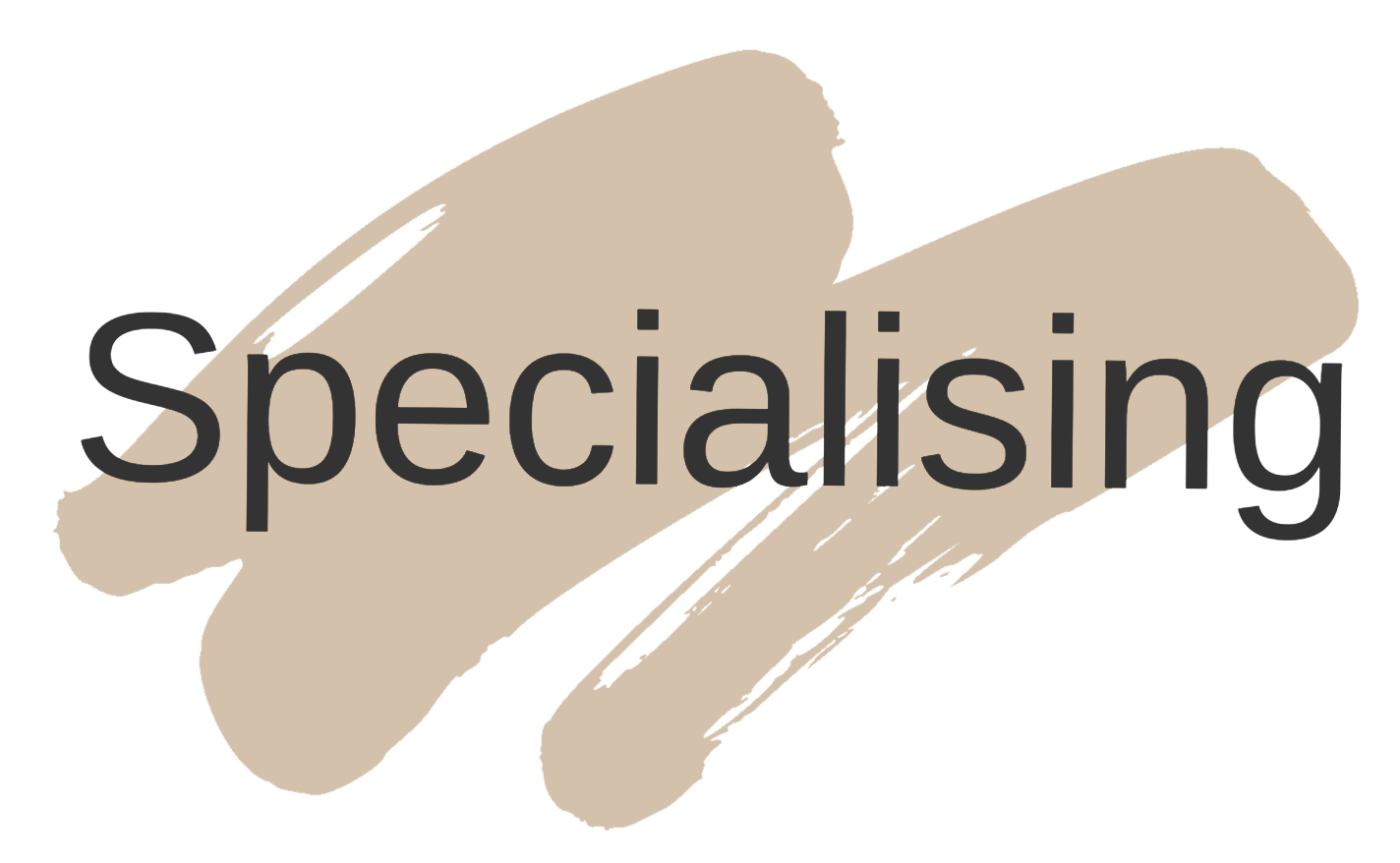
4 comments
This dental disorder is truly painful
ReplyDeleteThanks for sharing this post and visit my articles Chin Reduction in Islamabad
ReplyDeleteThanks for sharing useful information also check my blog Root Canal Treatment in Islamabad
ReplyDeleteThankyou For sharing a beneficial information.Wonderful blog & good post.Its really helpful for me kindly visit my blog Teeth whitening in Islamabad
ReplyDelete